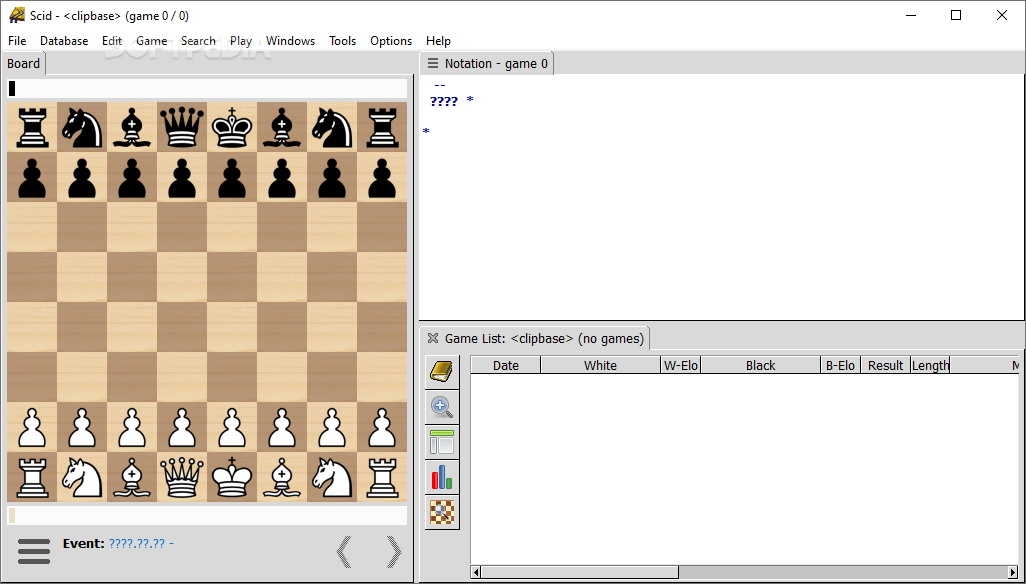

To access the cancer cell state in human primary tumors from readily available bulk mRNA gene expression profiles of TNBC tumors from The Cancer Genome Atlas (TCGA) 26, 27, we apply the EDec 26 computational cell type deconvolution method. The cancer cell state in PDX models is readily ascertainable against the background of the mouse cells because the cancer cell expression profile can be separated from the bulk expression by determining which mRNA-sequencing reads have human origins 25. Ideally, the state of cancer cells within PDXs should match the cancer cell state in human tumors. As immunodeficient PDX models lack a functional immune system, we investigated whether the immune status of human breast cancers was related to growth as a PDX.īecause immunologically “hot” and “cold” tumors were shown previously to have distinct epithelial cancer cell profiles 23, 24, we asked if the cancer cell fraction in PDX models mostly matches the cancer cell profiles of the immunologically “hot” or “cold” tumors in patient tumors. The immune system is a double-edged sword that can promote tumor growth as well as target tumor cells for elimination 22. A necessary disadvantage of PDX models is that an immunocompromised host (typically mouse) is needed to ensure that the patient tumor is not rejected by the immune system. Several TNBC subtyping methods have identified an immunomodulatory subtype, and TNBC has the highest proportion of immune cell-enriched “hot” tumors of all breast cancer subtypes 21.

TNBCs are highly heterogenous, and multiple subtypes of TNBCs have previously been identified based on histopathology 16, genomic alterations 17, transcriptomic profiling 18, a combination of mutational profiling and transcriptomic profiling 19, and by the tumor microenvironment 20. TNBCs lack the expression of the ESR1 (ER) and PGR (PR) steroid hormone receptors, and do not show amplification or overexpression of oncogenic ERBB2 (HER2). Triple Negative Breast Cancer (TNBC) has a higher engraftment rate as PDXs (~60%) than hormone positive or HER2 + tumors (~10–15%) 11, and are therefore the best represented breast cancer subtype in PDX collections. Despite advances in PDX modeling, not all breast cancers can be engrafted successfully as PDX models. Breast cancer PDXs have been well characterized and shown to be biologically consistent with patient tumors across multiple “omics” types including mutations, copy number alterations, transcriptomics, and proteomics 6, 9, 10, 11, 12, 13, 14, 15. Large PDX cohorts are now available for breast cancer, as well as other tumor types (, ,, ). To address some of the shortcomings of traditional cancer models, over the last two decades there has been significant progress in the development of Patient-Derived Xenografts (PDXs). This model can generate tumors representing multiple tumor types, but the relationship between mouse TP53-null tumors and human tumors of various molecular subtypes remains unclear 7, 8. A possible exception is the mouse TP53-null mammary epithelial transplantation model. However, because an individual GEMM yields a relatively homogeneous set of tumors, GEMMs do not model the full diversity of human breast cancer 6. Genetically Engineered Mouse Models (GEMMs) better represent the tumor microenvironment of primary tumors. Previous studies have shown that as many as 20% of cell lines are cross-contaminated, and that the repeated passage of cell lines is associated with the accumulation of mutations not seen in the primary tumor 5. However, in vitro models lack the tumor microenvironment 1, and cell lines do not faithfully recapitulate the biology of the tumor of origin 2, 3, 4. Historically, immortalized cell lines and genetically engineered mouse models have been used primarily to study breast cancer biology. The success of clinical trials also critically depends on understanding biases of preclinical models. Better understanding of model limitations is key to improving rigor and reproducibility of basic research. Experimentally tractable in vivo models are critical for understanding tumor biology, developing therapeutic interventions, and uncovering mechanisms of therapy resistance.


 0 kommentar(er)
0 kommentar(er)
